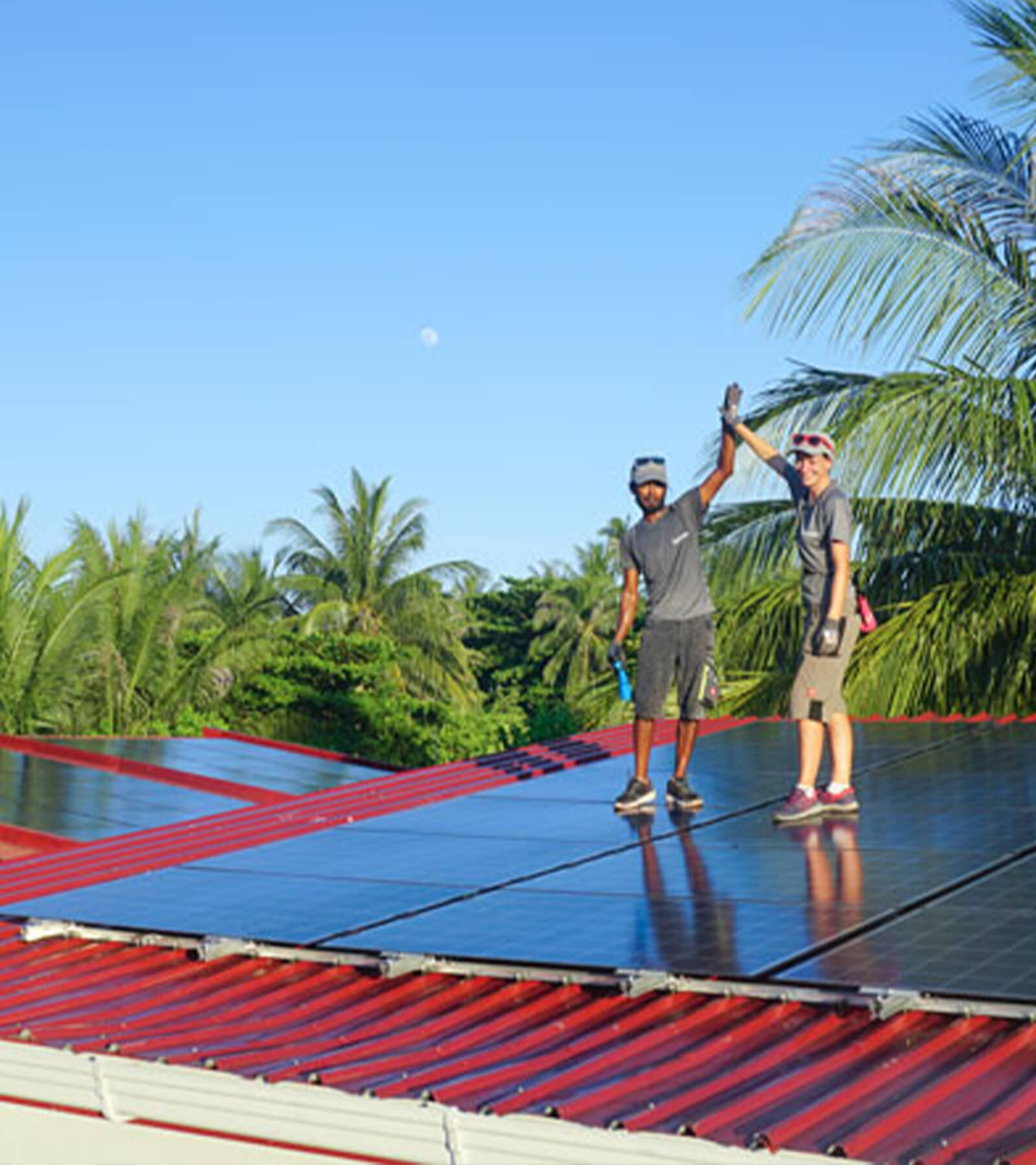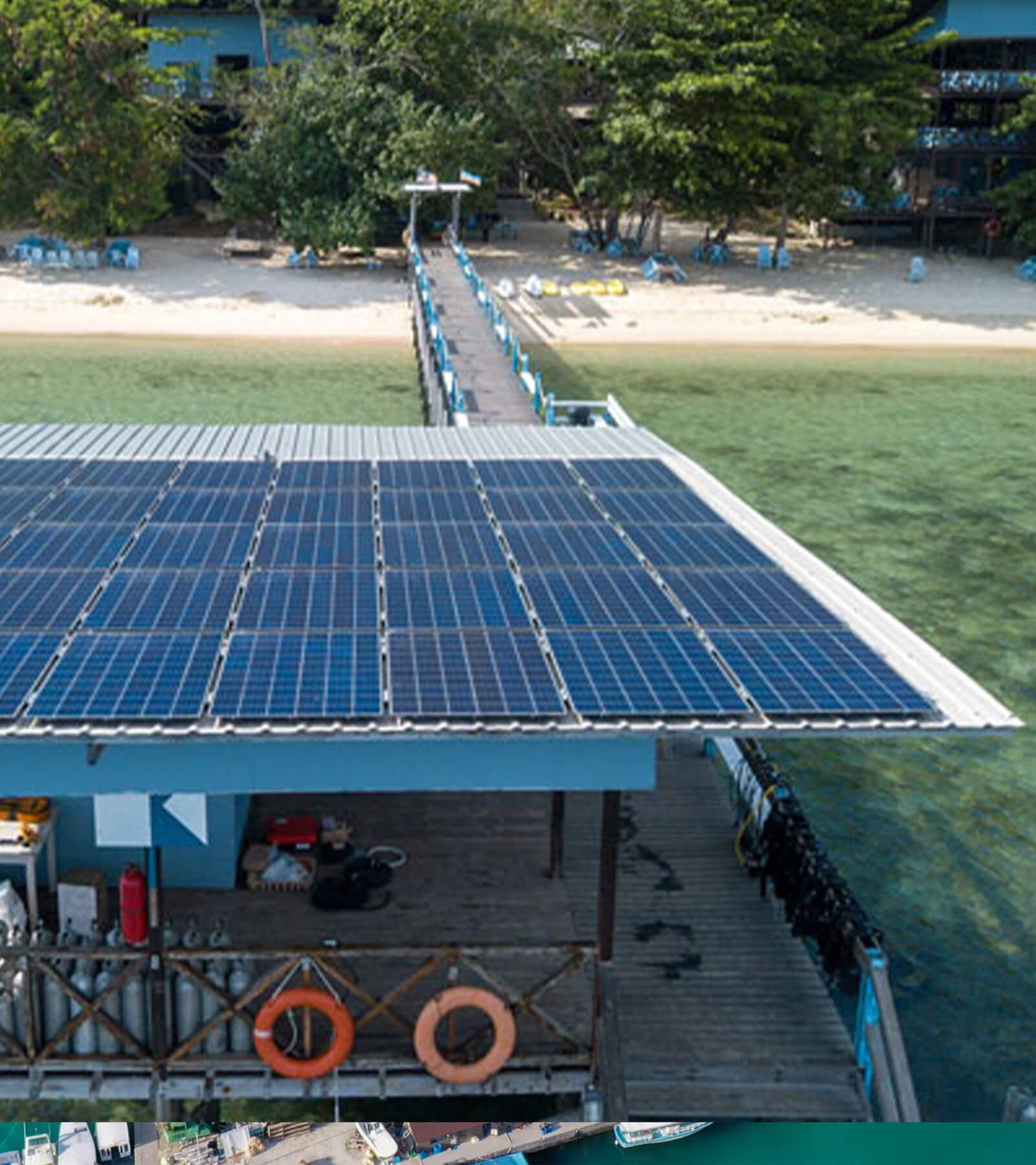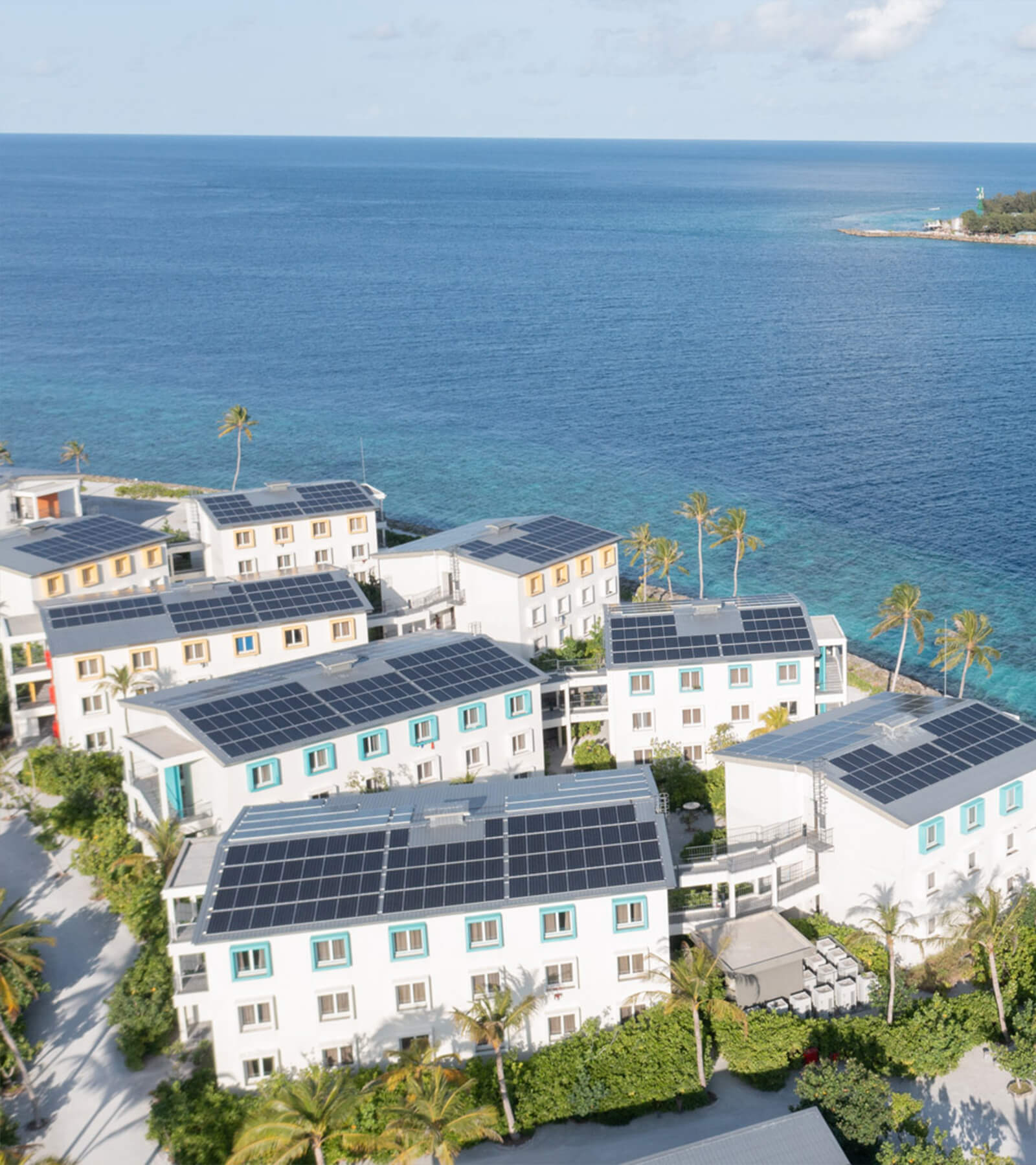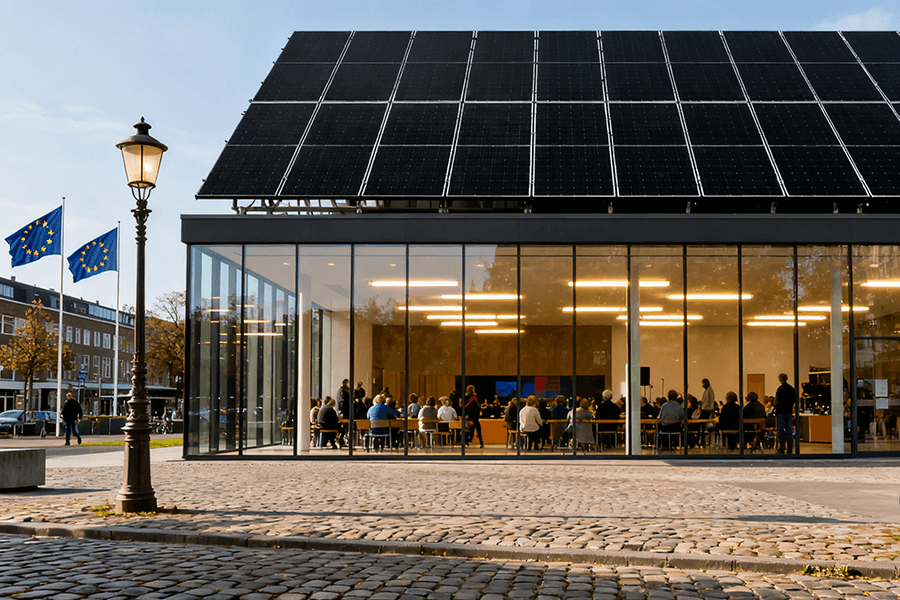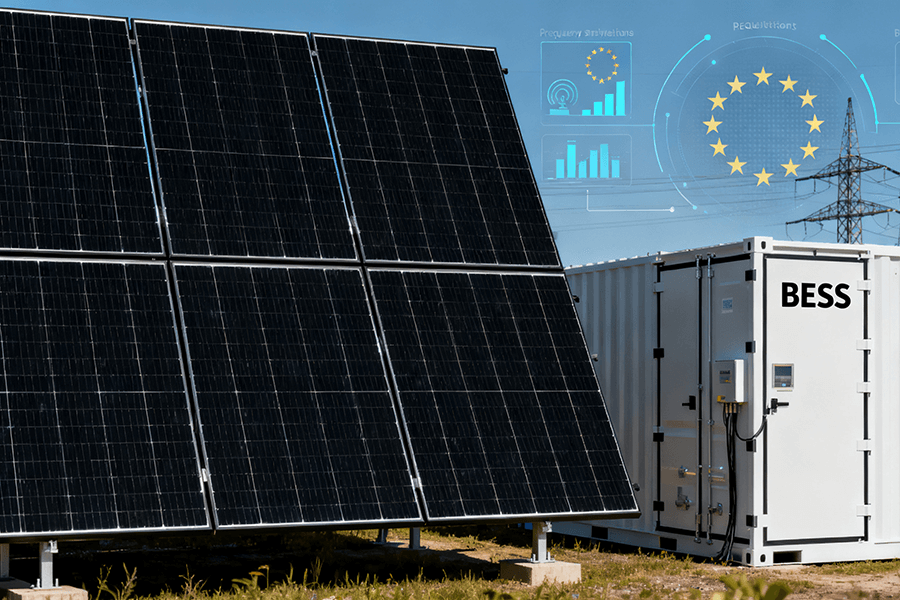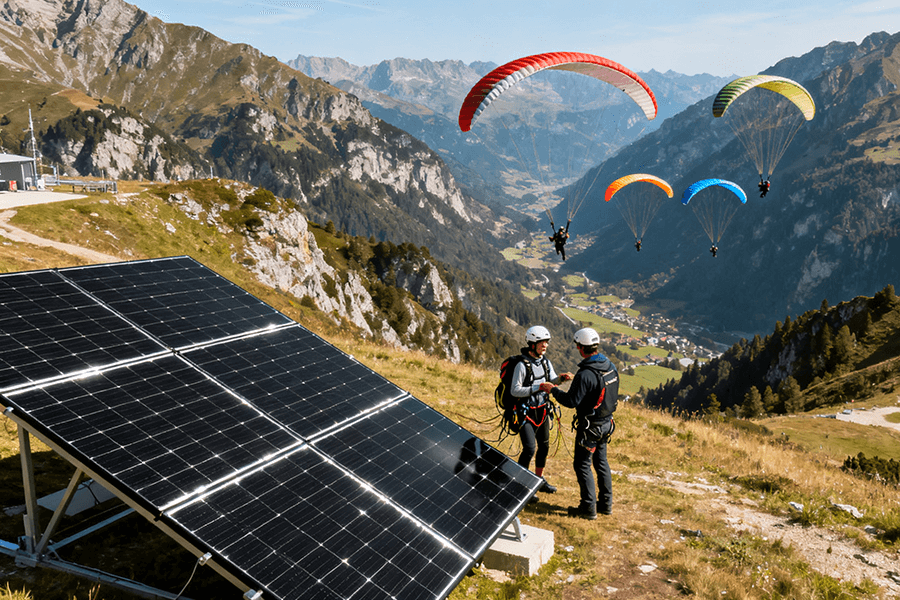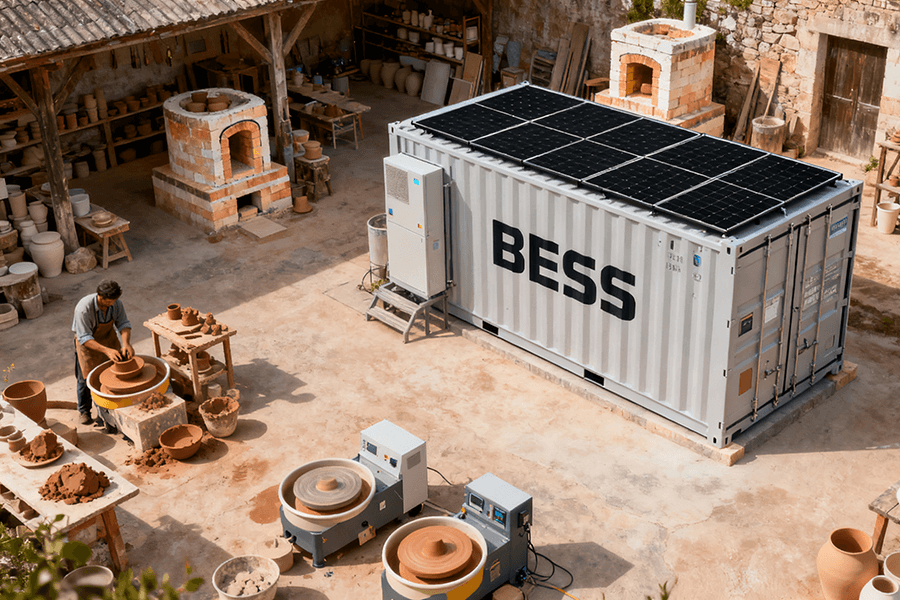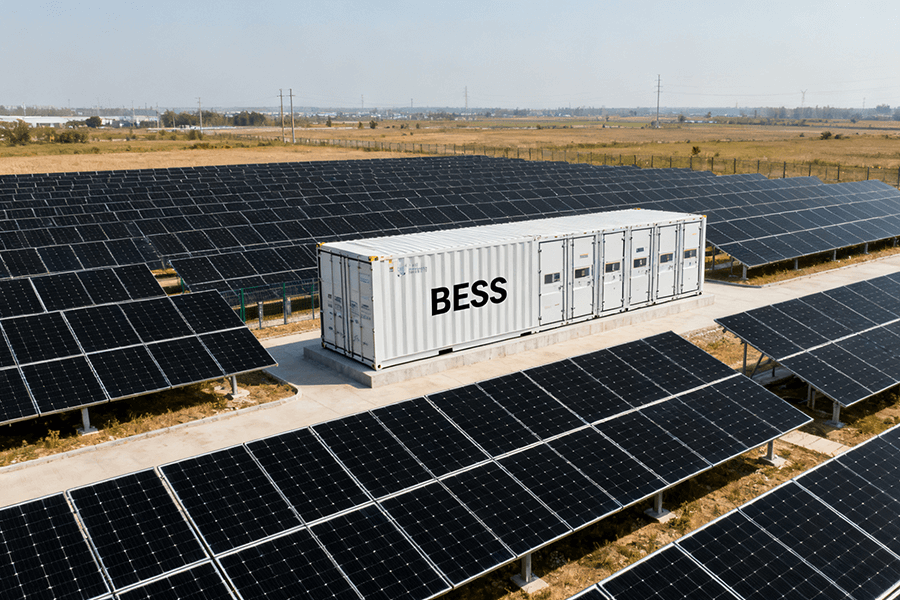
Introduction
Europe’s energy landscape is undergoing a radical transformation, with virtual power plants (VPPs) emerging as a linchpin in the transition to a low – carbon future. The European Commission’s 2021 “Fit for 55” package mandates that at least 40% of the EU’s energy consumption comes from renewable sources by 2030—a target that hinges on solving the inherent intermittency of wind and solar power (European Commission, 2021; https://ec.europa.eu/clima/policies/strategies/fit – 55_en). This ambitious goal reflects a broader push across the continent to decarbonize its energy systems, reduce dependence on fossil fuels, and meet international climate commitments.
The Intermittency Challenge of Renewable Energy
The intermittency of renewable energy sources, such as solar and wind, poses a significant challenge to grid stability. Solar power generation depends on sunlight availability, while wind power output fluctuates with changing wind speeds. These variations can lead to imbalances between energy supply and demand, potentially causing grid instability and power outages.
The Role of Virtual Power Plants (VPPs)
VPPs address this challenge by aggregating distributed energy resources (DERs)—think small – scale solar arrays, residential wind turbines, and industrial backup generators—into a single, grid – connected “virtual” power plant. Through advanced communication and control technologies, VPPs can monitor and manage the operation of individual DERs in real – time, optimizing their collective output to meet grid demand. This enables more efficient use of renewable energy sources, reduces the need for traditional power plants, and enhances grid resilience.
The Crucial Role of BESS Containers
But here’s the critical caveat: without reliable energy storage, VPPs can’t fully coordinate DERs or smooth out renewable energy fluctuations. This is where BESS (Battery Energy Storage System) containers step in. Far from being mere “battery boxes,” these mobile, scalable units are the unsung workhorses of European VPPs, turning erratic renewable output into predictable, dispatchable power.
BESS containers are equipped with high – capacity lithium – ion batteries, power conversion systems, and sophisticated control algorithms. They can store excess energy generated by DERs during periods of low demand and release it when demand is high or renewable energy production is low. This helps to balance the grid, improve the reliability of renewable energy sources, and reduce the need for fossil – fuel – based backup power. Additionally, BESS containers can provide ancillary services to the grid, such as frequency regulation and voltage support, further enhancing grid stability.
The Function of BESS Containers in VPPs
Energy Aggregation and Dispatch: The “Energy Sponge” Effect
BESS (Battery Energy Storage System) containers function as highly adaptable dynamic reservoirs, acting as the linchpin in modern energy management within European Virtual Power Plants (VPPs). Their primary role is to capture surplus energy from a wide array of Distributed Energy Resources (DERs) and release it precisely when the electrical grid is under the most strain. This unique functionality manifests across three crucial energy sources, each contributing to a more resilient and efficient power ecosystem.
EV Charging Stations: Harnessing Off-Peak Potential
Europe’s Electric Vehicle (EV) charging infrastructure is experiencing exponential growth. According to projections by Wood Mackenzie, the combined capacity of EV charging stations is set to reach a staggering 100 GW by 2030 (Wood Mackenzie, 2024; [https://www.woodmac.com/research/electric – vehicles/](https://www.woodmac.com/research/electric – vehicles/)). During off-peak hours, typically between 10 PM and 6 AM, when charging demand is at its lowest and electricity prices are significantly reduced, BESS containers step in. They draw excess power from these charging stations, effectively storing it for later use. As the grid enters peak hours, such as 8–10 AM and 6–8 PM, when electricity consumption surges and the risk of grid overload looms large, the stored energy is discharged. This strategic approach not only optimizes the utilization of available energy but also helps maintain grid stability by balancing supply and demand.
Industrial Energy Storage: Unlocking Idle Capacity
Heavy industries, like Germany’s auto manufacturing sector, which accounts for approximately 25% of the country’s total electricity consumption, often maintain on-site energy storage systems for backup power purposes. BESS containers play a pivotal role in aggregating this otherwise idle capacity. A prime example of their effectiveness was witnessed during the 2023 southern European heatwave. In Italy, BESS-enabled VPPs were able to inject 500 MW of stored industrial power into the grid during peak air conditioning usage periods. This timely intervention was instrumental in preventing blackouts in major cities such as Milan and Rome, underscoring the critical importance of industrial energy storage integration (ENTSO-E, 2023; https://www.entsoe.eu/data/published_reports/market_operation/).
Renewable Energy Farms: Bridging the Generation Gaps
Renewable energy sources, while sustainable, are inherently intermittent. Solar panels cease to generate electricity at dusk, and wind turbines come to a halt during lulls in wind speed. BESS containers serve as the vital link to overcome these challenges. In the United Kingdom, wind farm-connected BESS units have proven to be highly effective. They store excess power generated during periods of strong winds and release it when wind speeds decline, thereby reducing the country’s reliance on gas-fired backup plants. In 2024 alone, this strategy led to a 12% decrease in dependence on gas – fired power (National Grid ESO, 2024; https://www.nationalgrideso.com/).
Table 1: BESS Container Dispatch Impact in European VPPs (2023–2024)
| Region | DER Source | Peak Hour Dispatch (MW) | Grid Pressure Reduced (%) |
|---|---|---|---|
| Italy (2023 Heatwave) | Industrial Storage | 500 | 18 |
| UK (2024) | Wind Farms | 320 | 12 |
| Spain (2024) | EV Charging Stations | 180 | 9 |
Frequency Regulation: Keeping the Grid’s “Heartbeat” Stable
Grid frequency is the lifeblood of the energy system, and in Europe, grids operate at a precise 50 Hz. Even a minor deviation of 0.5 Hz can have severe consequences, potentially damaging sensitive equipment, including data center servers and pharmaceutical manufacturing machines, or even triggering widespread blackouts. BESS containers are uniquely positioned to excel at frequency regulation, thanks to their remarkable sub-second response times. This rapid reactivity stands in stark contrast to traditional gas or coal plants, which can take several minutes to adjust their output in response to frequency fluctuations.
A compelling case from Denmark in 2022 serves as a testament to the effectiveness of BESS containers in frequency regulation. When a sudden drop in wind generation led to a loss of 150 MW of power, a BESS-enabled VPP was able to swiftly adjust its output by 100 MW in a mere 0.4 seconds. This lightning-fast response ensured that the grid frequency remained stable, preventing it from dropping below 49.8 Hz (Energinet, 2022; [https://www.energinet.dk/EN/Elmarkedet/Markedspriser/Elpriser – i – Danmark/Pages/default.aspx](https://www.energinet.dk/EN/Elmarkedet/Markedspriser/Elpriser – i – Danmark/Pages/default.aspx)). To put this into perspective, a traditional gas plant would have taken 2–3 minutes to achieve a similar level of adjustment, a delay that could easily have allowed a minor disruption to escalate into a significant regional outage.
Revenue Models for BESS Containers in VPPs
BESS containers aren’t just grid stabilizers—they’re profit centers. Below are the two most lucrative revenue streams for European VPP operators, each leveraging unique market mechanisms and showcasing the financial versatility of battery energy storage systems.
Peak Shaving: Turning Price Gaps into Profit
Peak shaving capitalizes on the significant differential between off – peak and peak electricity prices, a strategy that thrives in deregulated energy markets. Grid operators often resort to costly “peaker” plants during peak demand to avoid power shortages, creating an opportunity for BESS containers to capture premium prices.
How It Works
During off – peak hours (e.g., late nights and early mornings), when electricity demand is low and prices are depressed, BESS containers charge their batteries at a lower cost. As demand surges during peak hours (usually mid – day and early evenings), these containers discharge stored energy back into the grid, selling it at a much higher price.
Case Study: France’s Lucrative Peak Shaving
Let’s analyze the financial viability of peak shaving using France as an example, leveraging 2024 market data from RTE, the country’s transmission system operator:
| Time Period | Average Electricity Price (€/kWh) | Explanation |
|---|---|---|
| Off – Peak | €0.15 | Low demand; excess generation capacity |
| Peak | €0.35 | High demand; grid stress |
For a 1 MWh BESS container:
- Charging Cost: 1,000 kWh × €0.15 = €150
- Revenue: 1,000 kWh × €0.35 = €350
- Profit per Cycle: €350 – €150 = €200
With approximately 1,200 peak hours per year in France, a single 1 MWh BESS container can generate €240,000/year solely from peak shaving. In 2024, French BESS – enabled VPPs collectively earned over €50 million from this revenue stream, underscoring its significance in the energy market.
Capacity Markets: Getting Paid to “Be Ready”
Capacity markets operate on a different principle: they compensate providers for committing to supply power during critical grid conditions, such as extreme weather events or high – demand scenarios. Unlike energy markets, which pay for actual electricity sold, capacity markets reward availability—a trait perfectly suited to BESS containers, which can rapidly respond to grid requests.
Leading the Way: The Netherlands’ Capacity Market Model
The Netherlands has emerged as a frontrunner in utilizing BESS for capacity markets. According to a 2023 study by Pöyry, BESS containers in Dutch VPPs earn €30/kW/year for capacity commitments. For a 5 MW (5,000 kW) BESS unit:
- Annual Capacity Revenue: 5,000 kW × €30 = €150,000/year
This predictable revenue stream is crucial for offsetting the high upfront costs of BESS hardware, which in Europe averages €150,000–€200,000/MWh. By participating in capacity markets, VPP operators secure stable income, reducing the financial risks associated with energy storage investments.
Challenges and Solutions
Technical Integration: The “Language Barrier” Problem
One of the most significant challenges in integrating Battery Energy Storage System (BESS) containers into European Virtual Power Plants (VPPs) is the fragmentation of communication protocols. For instance, BESS containers manufactured by Company A might rely on the Modbus protocol, a widely used standard in industrial automation, while solar inverters from Company B could utilize DNP3, a protocol commonly adopted for power system applications. This disparity is analogous to organizing a multilingual conference where half of the participants communicate in French and the other half in German; without a common language, seamless coordination becomes impossible, leading to inefficiencies and operational bottlenecks.
Solutions
- Unified Standards: In 2024, CENELEC, Europe’s leading electrotechnical standards body, initiated a groundbreaking project aimed at harmonizing communication across VPP components. As part of this initiative, CENELEC mandated the use of IEC 61850, an international standard designed specifically for power utility automation. This protocol provides a common framework for information exchange, enabling seamless interoperability between BESS containers, renewable energy sources, and grid infrastructure. By standardizing on IEC 61850, VPP operators can reduce integration complexity, enhance system reliability, and facilitate the rapid deployment of new energy storage solutions. (CENELEC, 2024; https://www.cenelec.eu/)
- Intelligent Translation Software: To bridge the gap between different communication protocols in the short term, innovative solutions have emerged. German firm Greenvolt’s “VPP Hub” software serves as a sophisticated translation layer, converting signals between various protocols in real-time. Acting as a “universal translator,” this software has proven to be a game-changer in the German VPP market, where it is now deployed in 30% of BESS-enabled VPPs. By automating the translation process, the “VPP Hub” has reduced integration time by 40%, enabling faster project delivery and cost savings for VPP operators. (Greenvolt, 2024; https://www.greenvolt.de/)
Business Model Uncertainties: Who Gets the Pie?
The complex ecosystem of VPPs involves multiple stakeholders, each with distinct interests and expectations. Battery Energy Storage System (BESS) owners, solar and wind operators, grid companies, and energy consumers all contribute to the operation of a VPP, but determining a fair distribution of revenues remains a contentious issue. Without clear guidelines and established frameworks, disputes often arise regarding the allocation of profits generated from services such as peak shaving, frequency regulation, and energy trading. For example, the question of whether a BESS owner should receive 30% or 50% of the profits from peak shaving operations highlights the need for more transparent and standardized revenue-sharing models.
Solutions
- Contractual Clarity: The 2024 “VPP Alliance” project in Sweden serves as a model for resolving revenue-sharing disputes through contractual agreements. As part of this initiative, participating stakeholders developed a comprehensive contract that clearly defines the distribution of revenues from peak shaving operations: 40% of the profits are allocated to BESS owners, 30% to solar and wind operators, and 30% to the grid operator for coordination and management services. This clear and transparent framework has been highly effective, reducing disputes among stakeholders by 75% and fostering greater collaboration within the VPP ecosystem. (Swedish Energy Agency, 2024; https://www.energimyndigheten.se/)
- Regulatory Backing: In the United Kingdom, the Office of Gas and Electricity Markets (Ofgem) has taken a proactive approach to address revenue-sharing uncertainties by introducing new regulations. These rules require grid operators to publish transparent revenue-sharing frameworks for VPPs, providing clear guidelines on how revenues should be distributed among stakeholders. This regulatory intervention has had a significant impact on the market, boosting investor confidence and driving a 25% increase in BESS VPP investments in the first half of 2024. (Ofgem, 2024; https://www.ofgem.gov.uk/)
Conclusion: The Future of BESS Containers in European VPPs
BESS containers are no longer optional for European VPPs—they’re essential. Their ability to aggregate energy, stabilize grids, and generate profit makes them the backbone of the EU’s renewable transition. Looking ahead, three trends will shape their growth:
- Scaling Up: The European BESS market is projected to grow from 15 GW in 2024 to 50 GW by 2030 (IEA, 2024; https://www.iea.org/reports/battery – energy – storage).
- Tech Advancements: Next – generation BESS containers will use longer – lasting lithium – iron – phosphate (LFP) batteries, cutting lifecycle costs by 30%.
- Policy Support: The EU’s 2025 “VPP Accelerator” program will provide €2 billion in grants for BESS – VPP integration—focused on Eastern European countries like Poland and Hungary.
Maxbo Solar: Your Partner in BESS – VPP Success
At Maxbo Solar (www.maxbo – solar.com), we’re not just manufacturing BESS containers—we’re engineering solutions tailored to European VPPs. Our units stand out for three reasons:
- Seamless Integration: All our BESS containers come pre – equipped with IEC 61850 compliance and Greenvolt’s “VPP Hub” software, so they plug into your VPP in days, not weeks.
- Profitability: Our LFP – based systems have a 15 – year lifespan (vs. 10 years for competitors) and a round – trip efficiency of 92%—maximizing your peak shaving and capacity market returns.
- Local Support: We have offices in Berlin, Madrid, and Amsterdam, with 24/7 technical support to keep your BESS containers running.
Whether you’re a utility scaling a VPP or an industrial operator monetizing on – site storage, Maxbo Solar’s BESS containers turn Europe’s energy transition into your business opportunity.

